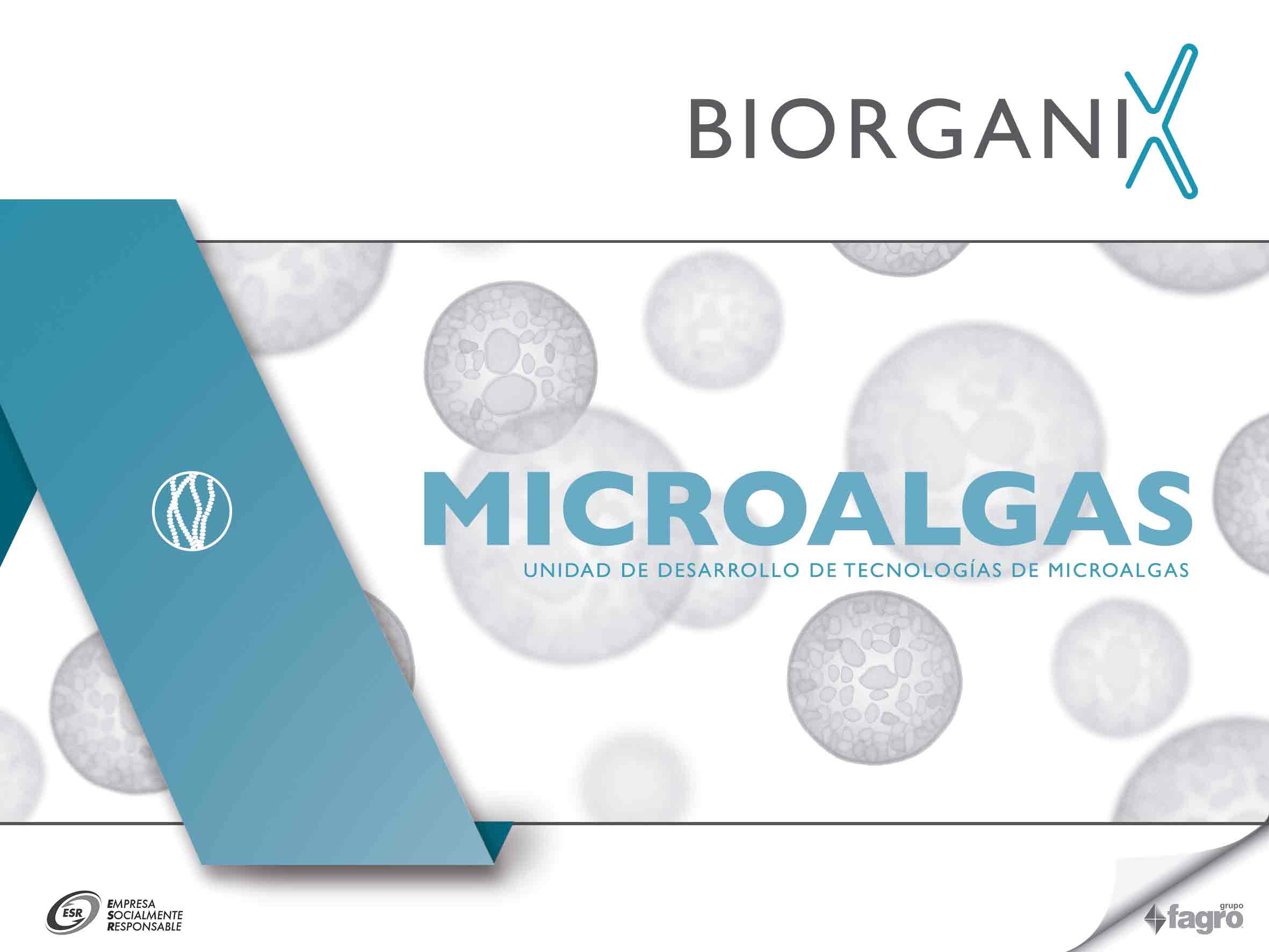Commonly the term “algae” is used generically to refer to sea vegetables and implies that it is a homogeneous set of vegetables, in reality the set is more varied and complex there is so much variety that sometimes it is difficult to distinguish between the different types . The term “algae” does not exist in Taxonomy and to believe that all algae are the same is a mistake, common and misleading and it can be understood that algae have the same agricultural utilities.
Algae can be farmed using water resources such as brackish, sea and wastewater that are not suitable for growing agricultural crops. By using wastewater, such as municipal, animal and even industrial runoff, they can help in its treatment and purification, while benefiting from the use of the nutrients present. Most microalgae grow through photosynthesis, converting sunlight, CO2, and some nutrients, including nitrogen and phosphorous, into material known as biomass.
This is called “autotrophic” growth. Other algae can grow in the dark using either sugar or starch (called “heterotrophic” growth), or even combine both modes of growth (called “mixotrophic” growth). Algae are very diverse and are found almost everywhere on the planet. They play important roles in many ecosystems, including creating the foundation for aquatic food chains that support all fisheries in the oceans and inland, and they also produce about 70 percent of all the air we breathe.
Algae have been used as fertilizer since the 19th century, at that time the inhabitants of the coasts collected the large brown algae and contributed them to their land. At the beginning of the 20th century, a small industry was created based on the drying and grinding of algae, but it was weakened with the arrival of chemical fertilizers.
Today, thanks to the popularity of organic farming, the seaweed industry is experiencing a revival, but not on a significant scale because the cost of drying and transportation is limited to sunny climates and where buyers are closer to shore. .
Algae are important for agriculture, since studies indicate that, when algae or their derivatives are applied to the soil, their enzymes cause reversible catalytic enzymatic hydrolysis reactions, that the enzymes of living beings that nest there (such as roots), do not they are able to perform remarkably.
Algae and its derivatives help improve the soil and strengthen plants, increasing yields and crop quality. So the more its application is extended, the use of chemical products will reduce until it is replaced, thus helping sustainable agriculture.
Mexican Biorganix and Grupo Fagro, in collaboration with Plymouth Marine Laboratory, Protein Technologies, AgaeCytes, the University of Manchester (UK) and the Autonomous University of Baja California (UABC), will develop a new generation of growth-promoting bioactives from microalgae of plants and other useful products for the agricultural sector.
The objective is to purify those molecules within microalgae that have a growth-promoting effect on plants, thus obtaining a marketable organic product, validated in the field and with the tools that allow the industry to take advantage of its effects.
For this, a microalgae-producing Bioreactor, unique in its kind in Latin America, was built at the Biorganix facilities in Ramos Arizpe, Coahuila. Said Bioreactor was inaugurated on May 17, 2018 in the presence of university students from the region and our partners from the United Kingdom.

